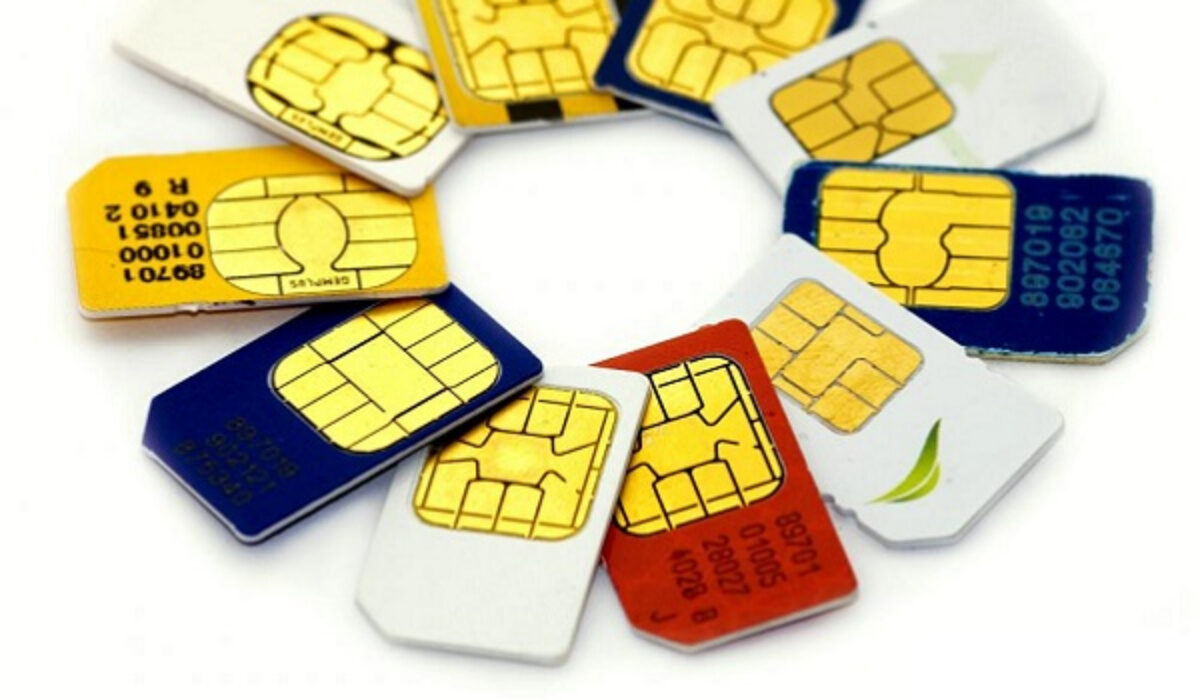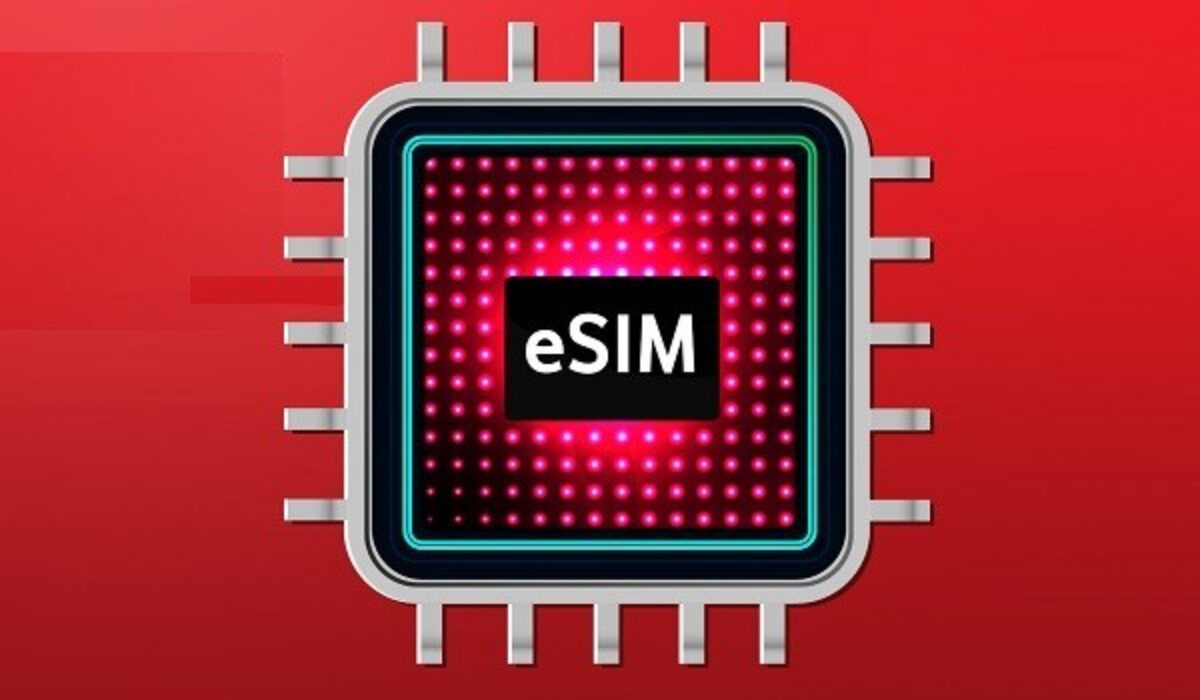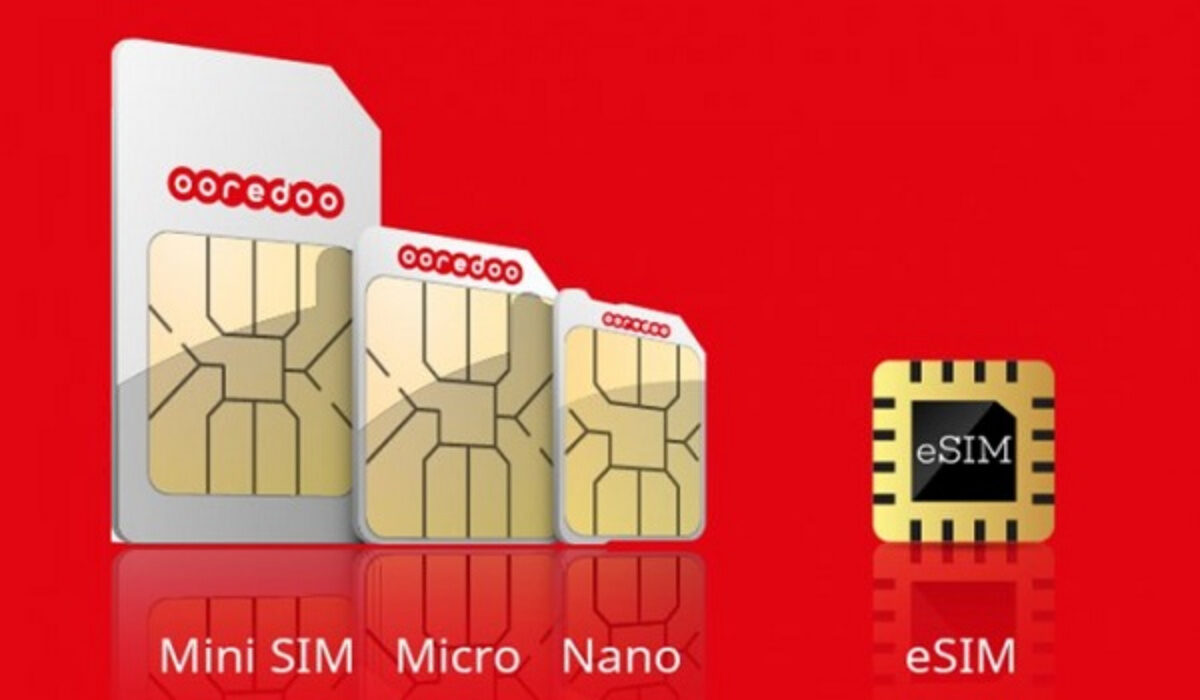A virtual SIM card is one that is built into the device and can be programmed over the network, so eliminating the need for a physical SIM card. Back in 2012, I wrote about how physical SIM cards would go away and give place to virtual SIM cards in the future.
In 2014, a UK-based company called MoVirtu implemented something that took us a step in that direction. MoVirtu’s virtual SIM card solution let users operate multiple lines and profiles on the same device without swapping physical SIM cards. The company has since been acquired by BlackBerry.

PS: Note that when we use the terms virtual SIM, eSIM, and digital SIM, we are referring to the same thing.
And now, Arm is pushing a virtual SIM card solution called the Integrated SIM (iSIM). Another digital SIM card technology company called Simless, also founded in 2014, believe that digitizing physical SIM cards is the way forward and are pushing Embedded SIM (eSIM) chips.
Do not let the lingo confuse you. Both iSIM and eSIM are different names that each vendor has chosen to call their implementation of the virtual SIM card. They are both not physical SIMs.
Benefits Of Virtual SIM Cards
The advantages of virtual SIMs are easy to see. Hardware makers can use the free-up space to put in bigger batteries or displays or anything else that needs to be put in their devices. Note that many new connected devices e.g. Internet of things (IoT) devices, are smaller in size, freeing up space is even more important.
Also, with virtual SIM cards, subscribers will be able use multiple lines and profiles on their devices without the need for carrying any physical SIM card around.
Also, if you are travelling, you do not have to run around to find a store where you can purchase a physical SIM from on arrival.

The Dark Past Of Virtual SIM Cards
Virtual or digital SIM cards are not knew in the mobile world. If you have ever used a CDMA phone and network, you have used a virtual SIM. And that is where we get to see the dark past of digital SIMs. The subscriber is at the mercy of the operator.
A physical SIM card allows you to walk into a cell phone store, purchase a new prepaid cell phone or smartphone and start using it immediately without needing your carrier or network operator to make the switch. It is pure convenience and is a major attraction of GSM mobile technology.
Anyone who has used a CDMA network knows the pain that is often associated with switching to a new phone. Sometimes, you waited for days, and sometimes for weeks. If your mobile network operator was not quick on customer support, you were stuck. Sometimes you were stuck on the old phone, which is the better situation. Worse, you could get stuck in limbo – the old phone is already deactivated and the activation of your line on the new phone is pending, leaving you without a functional line for a while.
Do subscribers really want to go back to the days of dashing to a carrier outlet to have their smartphones programmed? Mobile network operators will have to find a way to implement virtual SIM cards while not tying down subscribers.

Going Forward With Digital SIMs
I have been an advocate of virtual SIM cards for years, but for this to be attractive to me and to millions of other mobile subscribers around the world, the power to switch has to be in the hands of the consumer. I liken it to how I can switch my Gmail account to any new device without having to contact Google.
The subscriber has to be able to pick up a new phone and login or punch a set of codes to download his mobile profile to the phone and activate his number on the spot, without any delays or resort to a third party.
However it plays out, digital SIM cards are here and will not be going away again.
- Don’t miss our mobile phone reviews.
- Follow our news on Google News.
- Join our WhatsApp Group, to be notified of the most important articles and deals,
- Follow us on Instagram, Facebook, Twitter, and YouTube.